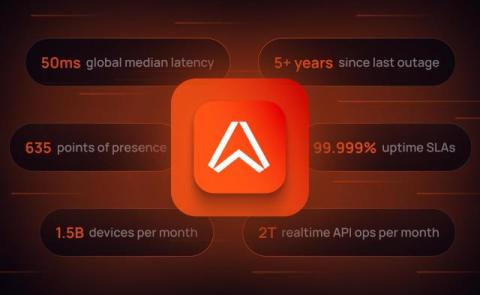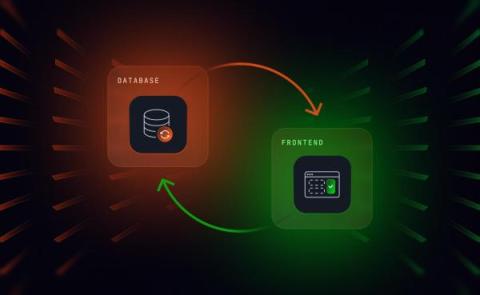Ably: Delivering reliable realtime experiences at scale
Ably was proud to celebrate our 8th birthday this year, and we’ve enjoyed reflecting on some of our achievements since launching in 2016. When we launched, we believed that realtime interactions would underpin our everyday digital experiences, rather than just augment them. And so we set out on a mission to build the definitive realtime experience platform.











